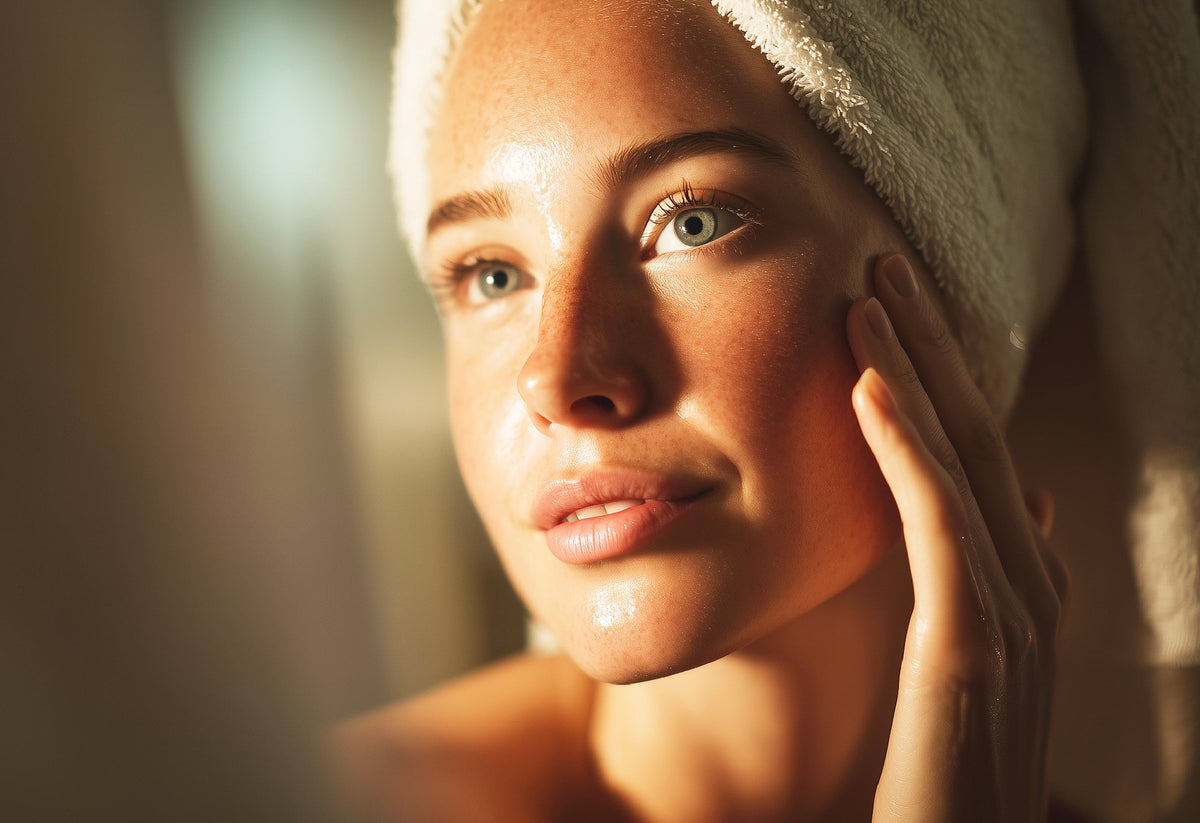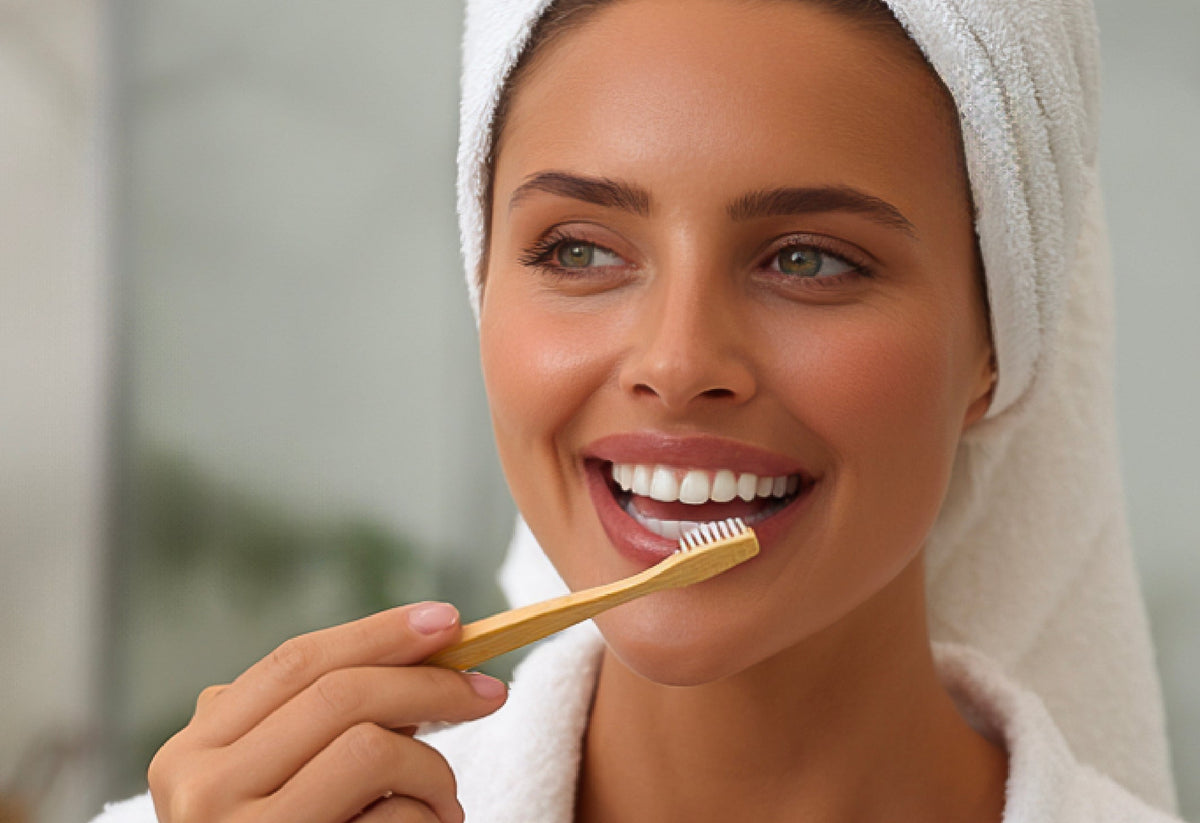The eye area is one of the most sensitive areas on our face. Therefore, under-eye problems are a common problem. The under-eye fat pads, in particular, can cause both aesthetic and health concerns.
What is Under-Eye Sebaceous Gland?
Under-eye fat deposits, known in medical terms as milia or xanthelasma, are small and generally harmless fatty deposits around the eyes. They occur when fat accumulated in the lower layers of the skin cannot be expelled and are generally considered an aesthetic concern. These lumps are usually white or yellowish in color and have a hard texture. Under-eye fat deposits are painless and therefore pose no health threat to most people. However, in some cases, these lumps can cause aesthetic concerns and affect a person's appearance. They can be a bothersome condition, especially when they appear at a young age. However, treatment for these lumps is generally simple and quick. To prevent the formation of under-eye fat deposits, people can maintain a healthy skin care routine, develop healthy eating habits, and consider regular dermatological checkups. If the lumps become bothersome, they can be easily removed by a dermatologist using various treatment methods.
What are Under-Eye Problems?
Problems around the eyes can often affect not only aesthetic concerns but also an individual's psychological well-being. The most common of these are swelling, bruising, and dark circles. Factors such as lack of sleep, stress, or excessive fatigue can contribute to the undesirable appearance of the under-eye area. Genetic predisposition also plays a significant role in the development of these problems. Fine lines and wrinkles appear around the eyes with the aging process. They are associated with loss of skin elasticity and decreased collagen production. These changes in the under-eye area can reflect a person's age and general health. Another common problem is the under-eye sebaceous gland problems. These glands are usually caused by the accumulation of fatty tissue and can cause aesthetic concerns.
What Causes Under-Eye Oil Glands?
The aging process, along with decreased skin elasticity, causes under-eye oil glands to become more prominent. Over time, changes in skin structure can increase the appearance of these glands, leading to aesthetic concerns. A family history of similar conditions increases the risk of developing this condition. Genetic predisposition is a factor affecting skin structure and the development of oil glands. Clogged pores also trigger the formation of under-eye oil glands. The accumulation of oil and dead cells can lead to pore blockage, increasing the appearance of oil glands. Health conditions can also affect under-eye oil glands. Irregularities in cholesterol and lipid levels, in particular, can contribute to the formation of oil glands. A healthy lifestyle and a balanced diet can help prevent such problems.
You can visit our category to examine our organic skin care products!
How to Get Rid of Under-Eye Oil Glands?
Under-eye fat pads can be aesthetically distressing and can be treated with various methods. Initially, these pads can be surgically removed through a small incision by a dermatologist or plastic surgeon. Laser therapy is also a common choice today. Laser treatments safely destroy the pads, resulting in a smoother skin appearance. Laser treatment is generally painless and offers a quick recovery. For milder patches, topical creams are recommended. These prescription creams can help shrink the pads and improve the skin's appearance. Natural methods are also effective in reducing the formation of under-eye fat pads. Regular cleansing and moisturizing can prevent the recurrence of the pads.
Under-Eye Fatty Glands and Aesthetic Concerns
While under-eye sagging generally doesn't pose a health risk, it can be aesthetically displeasing. Because the eye area plays a significant role in facial expression, such aesthetic concerns can impact a person's self-confidence. Especially in social settings, individuals want to feel more comfortable and project a positive image. Over time, aesthetic concerns like under-eye sagging can become increasingly noticeable and cause individuals to feel uneasy.
Are Under Eye Fat Glands Dangerous?
Under-eye sebaceous glands are usually harmless, but their size and growth rate are important. Under-eye sebaceous glands are caused by blocked sebaceous glands and may sometimes require a diagnosis of under-eye sebaceous glands. A dermatologist's consultation is recommended for large glands affecting the eyelid or under-eye area. Under-eye sebaceous glands are a common problem affecting the eye area. These glands are generally harmless, but methods such as natural eye masks can be used to treat under-eye sebaceous glands. These formations under the eyes can cause aesthetic concerns, so caution should be exercised.
Will Under Eye Fat Go Away on Its Own?
Under-eye sagging is often persistent and may require treatment. It can be bothersome due to aesthetic concerns. It's rare for it to resolve on its own, so it's important to consult a specialist for appropriate treatment. Early intervention can prevent further problems.
Is Home Juicing Recommended?
Home juicing is not recommended. Juicing at home is not recommended due to the risk of infection. Such procedures can lead to various complications if hygiene conditions are not met. These procedures, which should be performed by a qualified healthcare professional, offer a safer alternative for overall health.
Is Under-Eye Fat Gland Surgery Painful?
Under-eye fat pad surgery is minimally painful when performed under local anesthesia. This method eliminates discomfort for patients during the procedure. There may be some mild postoperative discomfort, but it's generally tolerable. Specialists take the necessary precautions to make the procedure more comfortable.
What Can I Do to Prevent New Nappy Rashes?
A balanced diet is crucial for preventing new acne breakouts. Eating healthy foods supports healthy skin. Regular cleansing prevents pores from becoming clogged. Clean skin reduces the formation of acne breakouts. Regular dermatological checkups allow for early diagnosis of skin problems and offer effective solutions.
You May Be Interested In: How to Care for Dry Skin?





0 comments